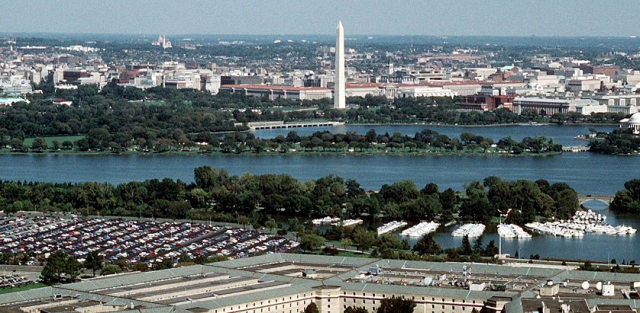
This is a tale of environmental justice. A tale of disconnect and hope, of being present and making connections. A tale of a river.
I visited the southeast DC neighborhood of Anacostia recently. The DC ward housing Anacostia, Ward 7, claims a population of more than 90 percent African Americans and a 2005–2009 unemployment rate of 19 percent (compared to the 9.2 percent average in DC).
It also carries the burden of the toxic and polluted Anacostia River, where even bottom-feeding fish are riddled with cancerous growths. Fed by waters (and pollution) from Maryland tributaries, this winding bend also supplies 85 percent of the water for the neighborhood, which also battles groundwater contamination. The EPA has designated six sites along the Anacostia River as “hot-spots” (highly contaminated areas), including the PEPCO (Potomac Electric Power Company) Benning Road site near my destination.
But this is not a sob story.
Since setting up shop in its new building in April 2010 (and even a bit before then), the Groundwork USA trust in this area, Groundwork Anacostia River DC, has owned the charge of using environmental restoration to “reclaim derelict land for conservation, recreation, [and] economic development” and to reconnect residents to the neighborhood’s “environmental assets” (Groundwork DC). Resurrecting a healthy river, to Dennis Chestnut, executive director and lifelong Ward 7 resident, equals doing the same to the Anacostia community.
Groundwork DC acts as a facilitator, community organizer, and agent of empowerment. Through engaging Anacostia civic associations, churches, schools, and businesses, giving presentations when invited and organizing workshops and youth summer programs through the Groundwork headquarters, Center for Green Urbanism, Chestnut and his staff of 2 help neighbors examine individual environmental behavior as well as larger issues that affect Anacostia’s environmental well-being.
Much of his progress is incremental: “If I had to say on a scale of 1 to 10, they’re [the community] at about 2 to 3.” He agrees that individual action makes people feel in control. So river and Fort Circle Trail clean-ups go a long way toward creating environmental identity with Anacostians. “You can’t come in talking about polar bears,” notes Chestnut as he reflects on the challenges of community engagement in Anacostia’s environmental issues. He adds that now residents know, “If it’s Groundwork, it must be something environmental.”
Group clean-ups and EPA pollution diets, however, will not remedy another river-related issue: toxicity. What to do about the hot-spots?
As a 501(c)3, Groundwork DC cannot lobby, but Chestnut uses his close ties with the community to establish partnerships with other organizations, helping to incorporate community perspectives with other environmental groups’ goals. He serves on the Anacostia Watershed Citizens Advisory Committee. Groundwork DC is also part of a Toxics Team coalition including Georgetown law students, the Sierra Club, and Anacostia Watershed Society, among others. This team’s recent negotiations with the DC government, leveraging use of the EPA to take over remediation of certain hot spots, has led DC’s government to take legal action against PEPCO for liability and costs incurred by the district for addressing waste from the facility, in addition to other conditions. The DC Department of the Environment has already agreed to remediate the 6 sites as a result of the Toxics Team’s pressure.
The Anacostia community certainly benefits from Groundwork’s actions, but right now the river is just a resource they have no access to, blocked by brush and chemical and power plants. Chestnut hopes to build the connection by making that access possible. Groundwork sponsors river boat rides for residents, and there are also plans to add exercise equipment to a trail along the river.
Chestnut, along with volunteers, recently cleared a path connecting the neighborhood Marvin Gaye Park to the Fort Circle Trail—and have seen increased use of these areas now that brush has been cleared. These efforts, too, help acclimate residents with their natural environment beyond the plants and businesses that hug and block the river’s edge. Locals now call on Groundwork DC to give talks to groups seeking more information about how environmental issues affect them.
This is environmental justice, one of its many fronts. This is the work. Meeting people where they are to change minds and change policy. Sometimes painfully slow. Always rewarding.
Cynthia Williams mixes environmental justice, research, and writing in a stew that largely involves telling stories and giving voice to unprivileged perspectives. She’s an activist in training, hoping to be revolutionary and used in a fire-burning way. Cynthia sloughs through the seven stages of grief with each new environmental injustice discovery, constantly using it as fuel to re-program her brain to be solutions focused. And she loves pancakes.






